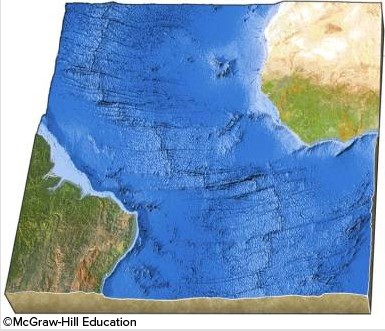Arsenic is released into drinking water
a. from inorganic fertilizers
b. from sewage and animal wastes
c. from food processing facilities
d. when any well is drilled down to the water table
e. from mining refuse
E
You might also like to view...
Is the path of the string on your globe the same as the heavy line shown on just one of these maps, or on both of these maps? (Hint: Look carefully at the string on the globe in relation to the Aleutian Islands of Alaska [at about 50° N, 175° W].)
On a globe, use a piece of string to find the shortest path between Yokohama, Japan (near Tokyo) and San Francisco. This path is a “great circle” path. Two maps are shown here, a Gnomonic (i) and a Mercator (ii).

The number of immigrants entering a country is likely to be influenced by
A. the need of a country to have more workers. B. economic and political conditions in neighboring countries. C. willingness of a country to accept immigrants. D. All of the options are correct.
What proportion of the world's population lives in extreme poverty?
A. less than one-tenth B. about one-fifth C. about one-quarter D. about one-third E. nearly half
On this map of the south Atlantic, what is the feature that makes a zigzag pattern on the seafloor?
A. subduction zone B. mid-ocean ridge C. island arc D. linear island chain E. None of these choices are correct.